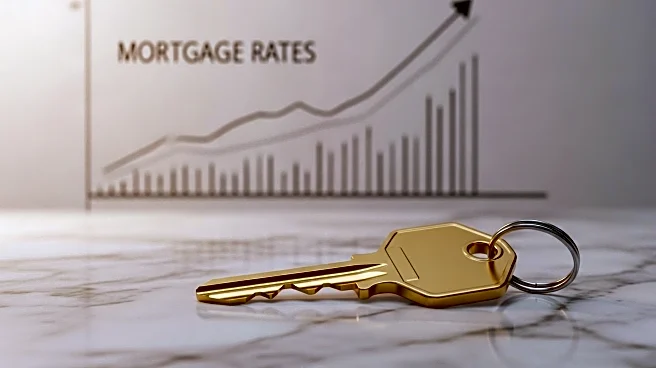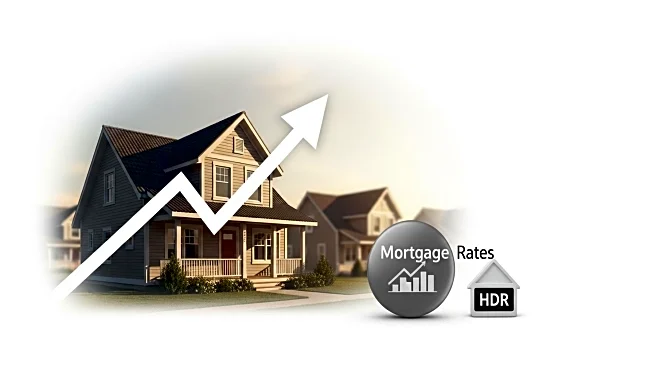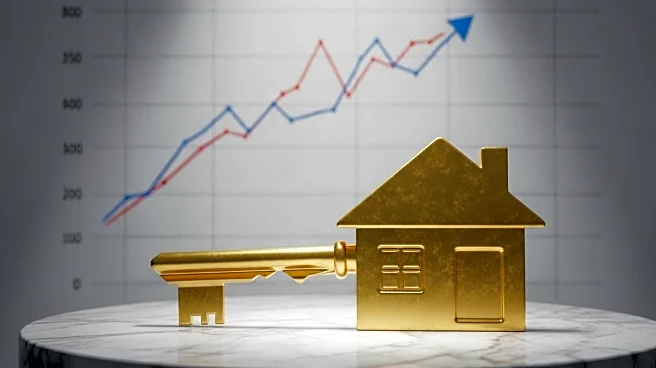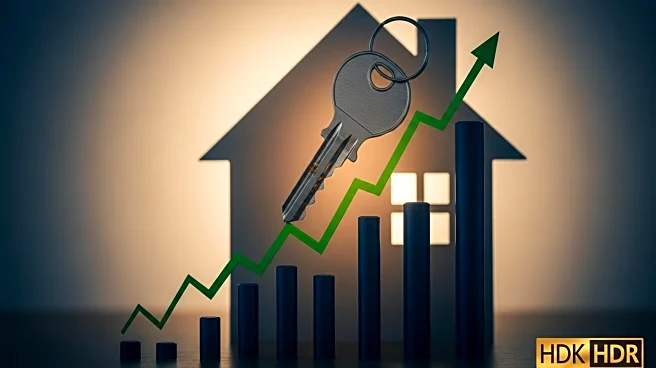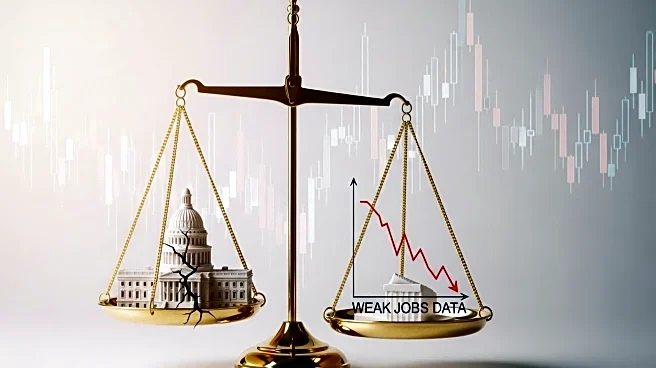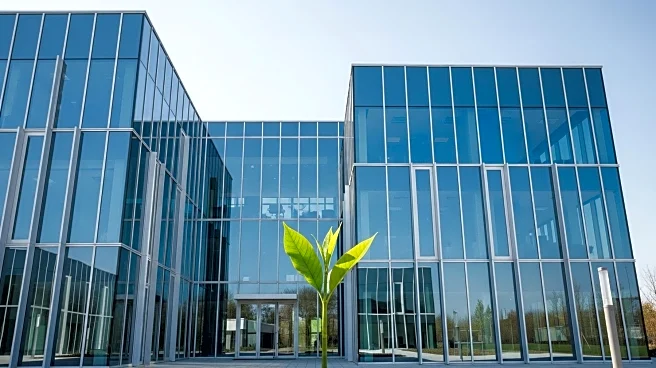What's Happening?
The average rate on a 30-year U.S. mortgage has increased for the second consecutive week, reaching 6.34% from 6.3% last week, according to Freddie Mac. This rise follows a period of declining rates, which had brought borrowing costs to their lowest level in nearly a year. The increase is influenced by factors such as the Federal Reserve's interest rate policy and bond market expectations. Despite the Fed's recent rate cut, mortgage rates have not continued to decline, reflecting cautious economic outlooks and market reactions.
Why It's Important?
The rise in mortgage rates affects home affordability, potentially slowing down the housing market recovery. Higher rates can deter potential buyers and refinancing homeowners, impacting sales and refinancing activity. This trend may lead to decreased demand in the housing market, affecting real estate prices and economic growth. Homeowners with existing mortgages may face challenges in refinancing to lower rates, limiting their financial flexibility.
What's Next?
Economists forecast that mortgage rates will remain near the mid-6% range throughout the year. Homeowners and buyers should monitor rate changes and consider their financial strategies accordingly. The Federal Reserve's future interest rate decisions will play a crucial role in determining mortgage rate trends, influencing market dynamics and economic conditions.
Beyond the Headlines
The increase in mortgage rates may have broader implications for the U.S. economy, affecting consumer confidence and spending. As borrowing costs rise, individuals may prioritize savings over spending, potentially impacting economic growth. Additionally, the housing market's performance can influence related industries, such as construction and home improvement, affecting employment and investment.

